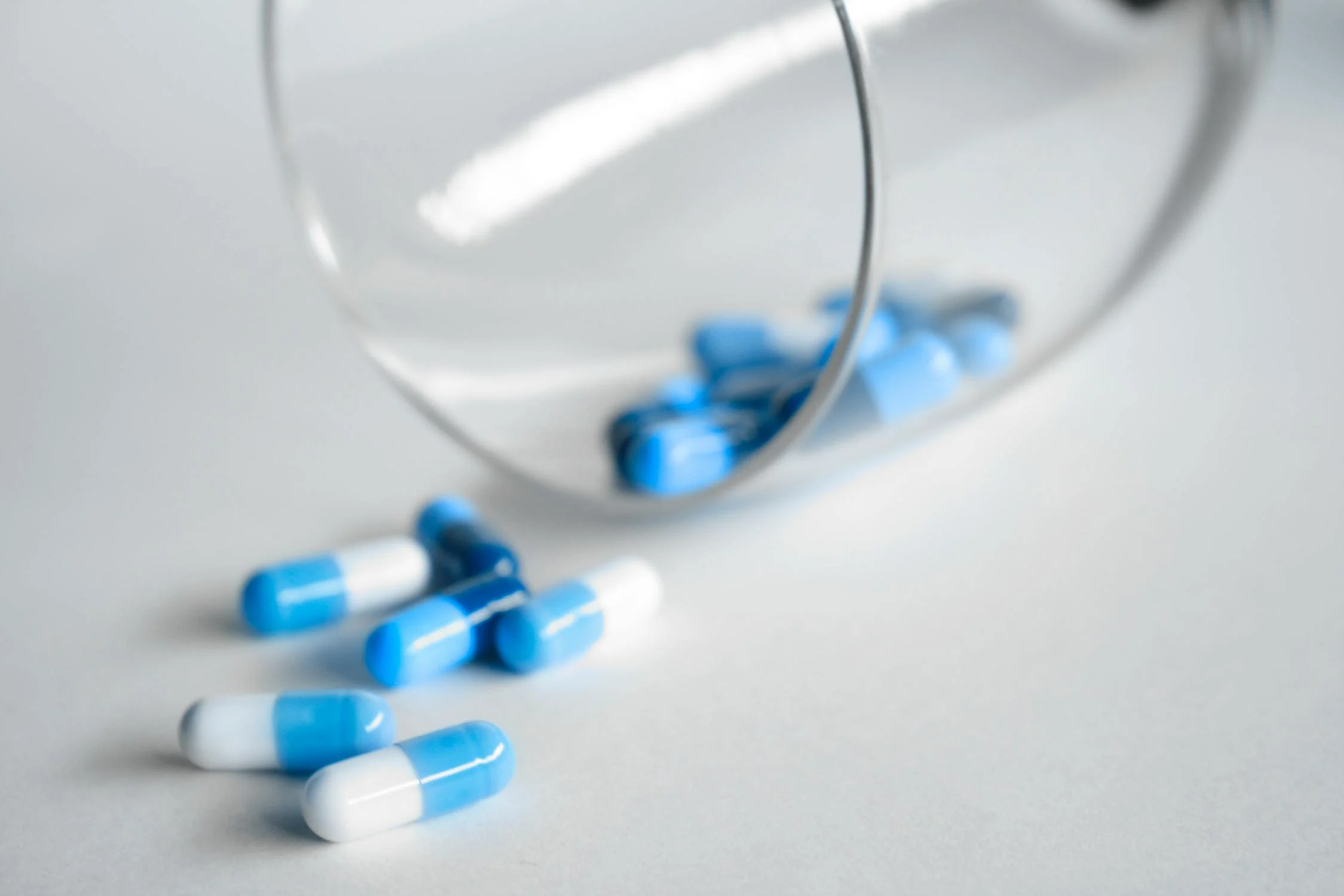Here’s a brief rundown on alpha blockers and antimuscarinics used for benign prostatic hyperplasia (BPH):
Alpha Blockers:
- Names:
- Tamsulosin (Flomax)
- Alfuzosin (Uroxatral)
- Doxazosin (Cardura)
- Silodosin (Rapaflo)
- Terazosin (Hytrin)
- Mechanism:
- Alpha blockers work by relaxing the muscles in the prostate and the bladder neck, which leads to improved urine flow. They specifically target alpha-1 adrenergic receptors, reducing the tension in the smooth muscle of the prostate gland, thus alleviating symptoms of BPH like difficulty in urination, weak stream, and the need to urinate frequently or urgently.
Antimuscarinics (Muscarinic Antagonists):
- Names:
- Solifenacin (Vesicare)
- Tolterodine (Detrol)
- Oxybutynin (Ditropan)
- Trospium (Sanctura)
- Darifenacin (Enablex)
- Mechanism:
- Antimuscarinics are used in combination with alpha blockers for BPH, particularly when there’s a significant storage symptom component. They act by blocking the muscarinic receptors in the bladder, which reduces bladder contractions, thereby decreasing urgency and frequency of urination. This can help manage overactive bladder symptoms that might accompany BPH.
Important Considerations:
- These medications might have side effects like dizziness (alpha blockers), dry mouth, constipation, or blurred vision (antimuscarinics).
- The choice of medication often depends on the patient’s specific symptoms, overall health, and how they respond to treatment. Sometimes, a combination of both types of drugs might be used for better symptom control.
Always consult with a healthcare provider for personalized medical advice, as they can provide guidance based on individual health conditions and medication interactions.



Leave a Reply